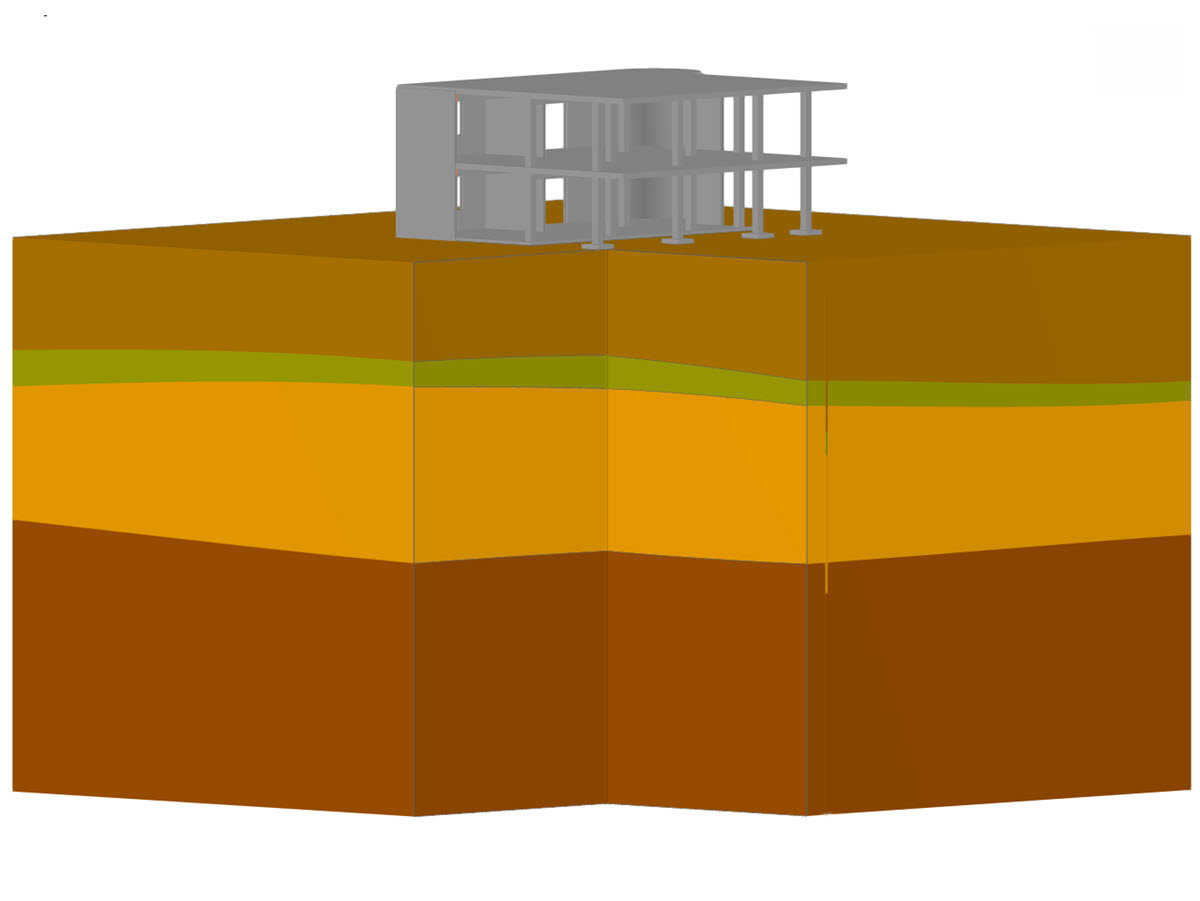RFEM Model of Airedale Swing Bridge in Closed State | © Matrix Consulting Engineers Ltd
Model Used in
Overall
This page has 0 user ratings.
| 5 star | ||
| 4 star | ||
| 3 star | ||
| 2 star | ||
| 1 star |
Airedale Swing Bridge in Rodley, United Kingdom | Closed State
No Download Possible
Customer Project / View Only
| Number of Nodes | 377 |
| Number of Lines | 501 |
| Number of Members | 436 |
| Number of Surfaces | 68 |
| Number of Solids | 3 |
| Number of Load Cases | 7 |
| Number of Load Combinations | 74 |
| Number of Result Combinations | 0 |
| Total Weight | 231.845 tons |
| Dimensions (Metric) | 15,116 x 4,407 x 15,741 m |
| Dimensions (Imperial) | 49.59 x 14.46 x 51.64 feet |
Recommended Products for You














.png?mw=600&hash=49b6a289915d28aa461360f7308b092631b1446e)





